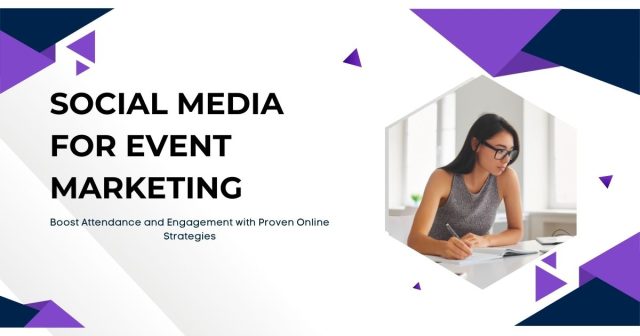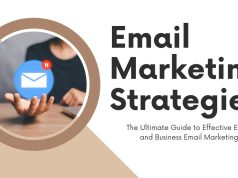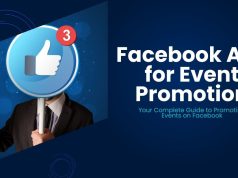Planning an event is a massive undertaking. You’ve secured the venue, booked the speakers, and finalized the catering. But how do you ensure people actually show up? This is where a strong social media strategy becomes your most valuable asset. Without it, even the most meticulously planned event can fall flat.
Effective event marketing is about building excitement and creating a community long before the doors open. It involves reaching your target audience where they spend their time, engaging them with compelling content, and giving them a reason to choose your event over countless others. Social media provides the perfect set of tools to achieve this, transforming passive interest into active participation.
This guide will walk you through everything you need to know about leveraging social media for your event marketing. You’ll learn how to create a buzz, sell tickets, and keep the conversation going long after the event has ended. By following these steps, you can turn your next event into a must-attend experience that generates lasting impact.
Laying the Groundwork: Pre-Event Strategy
Your event marketing should begin months before the actual date. This initial phase is all about building awareness, generating interest, and driving ticket sales. A well-executed pre-event strategy sets the stage for success.
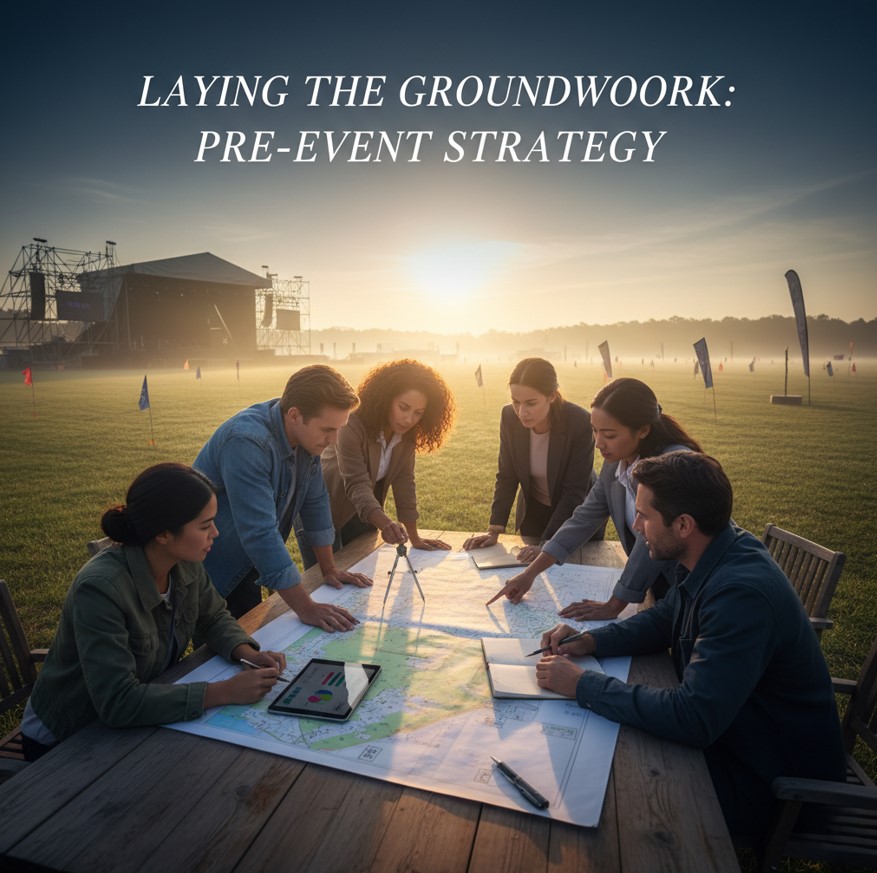
Define Your Goals and Audience
Before you post anything, clarify what you want to achieve. Are you aiming to sell a certain number of tickets, increase brand awareness, or generate leads? Your goals will shape every aspect of your campaign. Common event marketing goals include:
- Ticket Sales: The most direct measure of success for paid events.
- Registrations: The key metric for free events, webinars, or conferences.
- Brand Awareness: Measured by reach, impressions, and social media mentions.
- Community Building: Tracked through engagement rates, follower growth, and user-generated content.
Next, get specific about who you’re trying to reach. A deep understanding of your target audience is crucial. Create detailed personas that include their demographics, interests, challenges, and the social media platforms they use most. An event for tech startup founders will require a different approach than a festival for music lovers. Knowing your audience allows you to tailor your messaging and choose the right channels.
Choose the Right Social Media Platforms
Don’t try to be everywhere at once. Focus your efforts on the platforms where your target audience is most active.
- LinkedIn: Ideal for professional events, conferences, and B2B webinars. Its powerful targeting options allow you to reach people based on job title, industry, and company size. Use LinkedIn Events to create a dedicated hub for your event.
- Instagram: A visual-first platform perfect for events with strong aesthetic appeal, like festivals, product launches, or creative workshops. Use Stories for behind-the-scenes content, Reels for dynamic video highlights, and the main feed for high-quality photos.
- Facebook: With its massive user base, Facebook is versatile enough for almost any type of event. Facebook Events makes it easy for people to RSVP and receive reminders. It’s also great for community-building through dedicated groups.
- X (formerly Twitter): Best for real-time updates and engaging in conversations. Use it to share breaking news, interact with speakers, and run live Q&A sessions. Its fast-paced nature is perfect for building immediate buzz.
- TikTok: The go-to platform for reaching a younger audience through short, engaging videos. It’s excellent for creative challenges, behind-the-scenes glimpses, and influencer collaborations that feel authentic and fun.
Craft Your Core Messaging and Hashtag
Consistency is key in event marketing. Develop a clear and compelling message that communicates your event’s unique value proposition. Why should someone attend? What will they gain? Your messaging should be adapted for each platform but remain consistent at its core.
Create a unique, memorable, and easy-to-spell event hashtag. This is non-negotiable. Your hashtag will be the digital thread that ties all event-related conversations together across platforms. Encourage speakers, sponsors, and attendees to use it in all their posts. A good hashtag, like #INBOUND2025 or #SXSW, becomes a recognizable brand in itself.
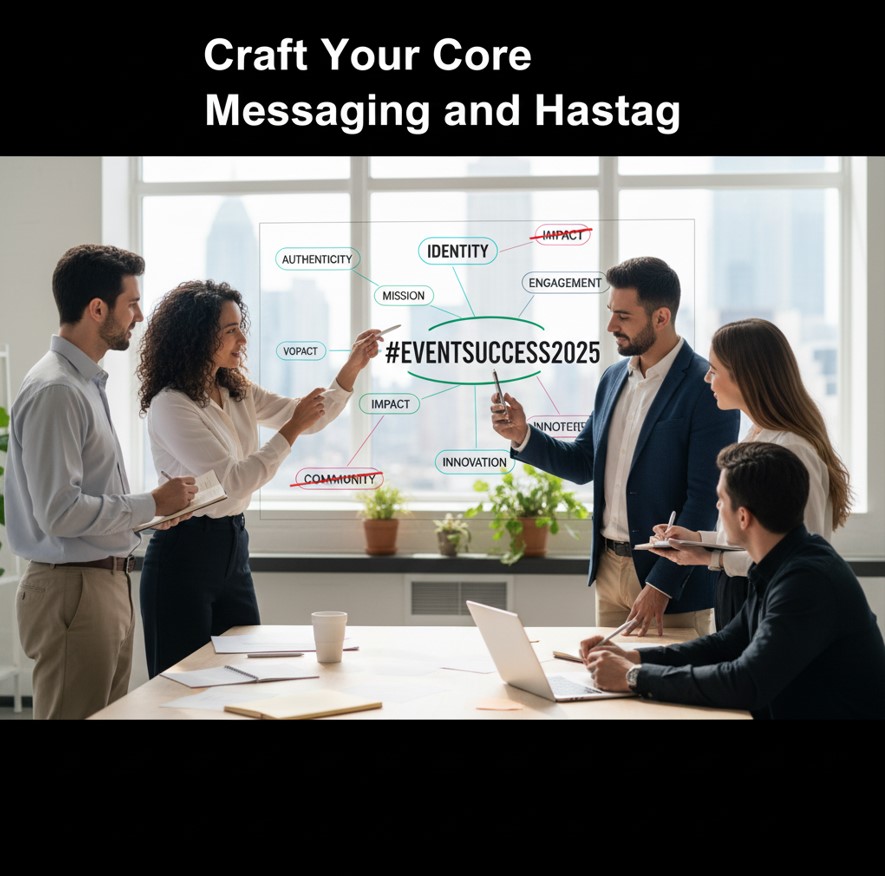
Building Buzz: Content That Captivates
With your strategy in place, it’s time to create content that stops the scroll and gets people excited.
Create a Content Calendar
Map out your content leading up to the event. A content calendar ensures a steady stream of posts and prevents last-minute scrambling. Plan for a mix of content types to keep your audience engaged.
- Announcements: Reveal your event date, venue, keynote speakers, and agenda. Stagger these announcements to create sustained excitement.
- Behind-the-Scenes Content: Show people the effort that goes into planning. Share photos of venue scouting, team meetings, or swag preparation. This humanizes your event and makes people feel included.
- Speaker and Sponsor Spotlights: Feature your speakers, sponsors, and partners. Share their bios, interview them, or post quotes. This leverages their networks and adds credibility to your event.
- User-Generated Content (UGC): Encourage your audience to share their excitement. Run a contest asking people why they want to attend or share photos from past events. UGC is powerful social proof.
- Countdown Posts: Build anticipation as the event nears. Daily or weekly countdowns remind people of the approaching date and can create a sense of urgency.
Leverage Video Content
Video is the most engaging content format on social media. Use it to tell your event’s story in a dynamic way.
- Promotional Trailers: Create a short, high-energy video that captures the essence of your event.
- Speaker Interviews: Host live Q&A sessions with your speakers on Instagram Live or LinkedIn Live.
- Testimonials: Share video clips from past attendees talking about their positive experiences.
Run Targeted Ad Campaigns
Organic reach can only take you so far. Allocate a budget for paid social media ads to reach a wider, more targeted audience. Use the detailed audience personas you created to build custom audiences. Platforms like Facebook and LinkedIn offer powerful retargeting capabilities, allowing you to show ads to people who have visited your event website but haven’t yet purchased a ticket.
During the Event: Real-Time Engagement
Your social media efforts shouldn’t stop when the event begins. This is your chance to amplify the experience for both in-person and virtual attendees.
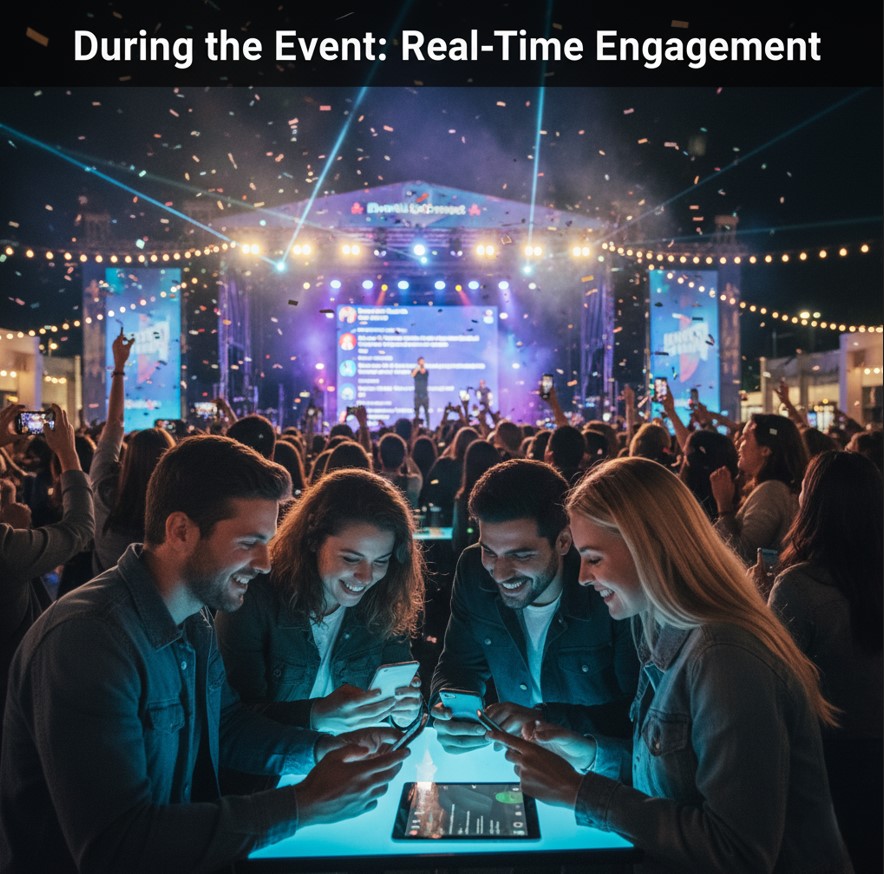
Live Coverage is a Must
Designate a team member or a small team to manage social media in real-time.
- Live-Tweeting: Share key quotes, insights, and photos from sessions on X. Use your event hashtag to centralize the conversation.
- Instagram Stories: Post a steady stream of photos and short videos throughout the day. Use polls, quizzes, and question stickers to interact with your audience.
- Go Live: Broadcast your keynote session or a special interview on Facebook Live or Instagram Live to give your virtual audience a front-row seat.
Encourage Attendee Participation
Make it easy for attendees to share their own experiences.
- Photo Opportunities: Set up a branded photo booth or an “Instagrammable” wall with your event hashtag prominently displayed.
- Display a Social Wall: Use a tool like Walls.io or Taggbox to display a live feed of posts using your event hashtag on screens throughout the venue. This encourages more people to post.
- Run Contests: Host a contest for the “best photo” or “most insightful tweet” using the event hashtag, with prizes for the winners.
Post-Event: Keep the Momentum Going
The conversation doesn’t have to end when the last attendee leaves. The post-event phase is crucial for gathering feedback, nurturing leads, and building a community that will support your future events.
Share Event Highlights
Within a week of the event, share a recap of the highlights.
- Photo Albums: Post curated photo galleries on Facebook and LinkedIn. Tag speakers, sponsors, and attendees where possible.
- Video Recap: Create a highlight reel that captures the energy and key moments of the event.
- Blog Post: Write a detailed blog post summarizing the key takeaways, thanking everyone involved, and sharing links to session recordings.
Gather Feedback and Testimonials
Use social media to gather valuable feedback. Post a link to a survey asking attendees what they enjoyed and what could be improved. Monitor social media for mentions and testimonials, and ask for permission to use positive comments in your future marketing materials.
Nurture Your New Community
Your event has brought together a group of people with a shared interest. Don’t let that connection fade. Create a dedicated Facebook Group or LinkedIn Group for attendees to continue networking and discussing the topics from the event.
Finally, announce the date for your next event as soon as possible to capitalize on the current excitement. Offer an exclusive early-bird discount to past attendees to reward their loyalty and kickstart your next event marketing cycle.
Your Blueprint for Success
Social media is no longer an optional add-on for event marketing; it is the central engine for building awareness, driving registrations, and creating a memorable experience. By implementing a thoughtful strategy before, during, and after your event, you can connect with your audience on a deeper level and ensure your event is a resounding success. Start planning your social media campaign today and watch your community grow.

